WHAT IS IT?
Mini’s most connected small car yet. This first major revamp of the gen-F56 Mini sees it adopt BMW’s ID5 generation of its Connected Services technology, which allows owners to monitor and control their car via a smartphone app. There are visual changes too, and new gearboxes, with the improvements added to both the three- and five-door hatches, plus the Cooper Cabrio.
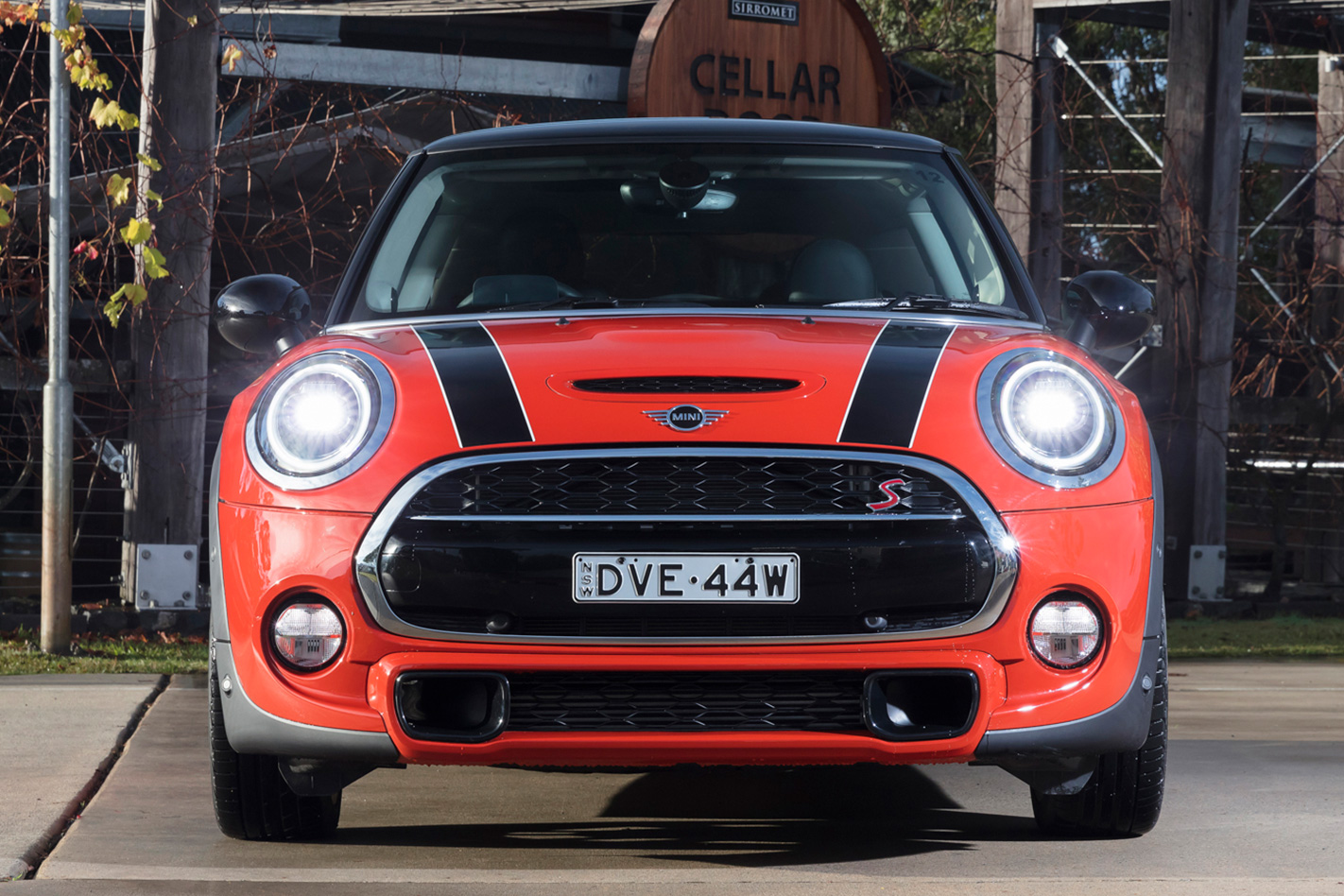
WHY WE’RE DRIVING IT
To see if Mini’s greater focus on technology and frugality have robbed its iconic small car of the core dynamic nous that makes it so entertaining. Happily, we drove it on damp and winding roads west of Brisbane, strings of tarmac that can easily separate the hairy-chested men of the hatch world from the boys.
MAIN RIVALS
Audi A1, Citroen DS3, Fiat 500, Volkswagen Polo
THE WHEELS VERDICT
Improved technology and connectivity are welcome steps forward, but in an update where hardware changes are minimal, it’s the new seven and eight-speed gearboxes that shine.

PLUS: Technology gains, snappier gearboxes, drinks less fuel MINUS: No Android Auto, hard interior plastics
THE WHEELS REVIEW
WELCOME to the most advanced Mini ever. This ‘Life Cycle Impulse’ – Mini marketing speak for mid-life facelift – is the first major update for the gen-F56 Hatch and gen-F57 Cabrio and while it does usher in minor visual and hardware changes, the key focus is on technology.
Core to that is the adoption of BMW’s ID5 generation of its Connected Services technology (some BMW cars are already using ID6), which allows owners to monitor and control their always-listening car via a smartphone app. There’s also a touchscreen interface (a Mini first), sharper-looking LED headlights, standard reversing camera and sat-nav that includes live traffic updates. Crucially, Apple CarPlay is standard fitment too, which might annoy BMW customers who have to pay for its inclusion off the options list.
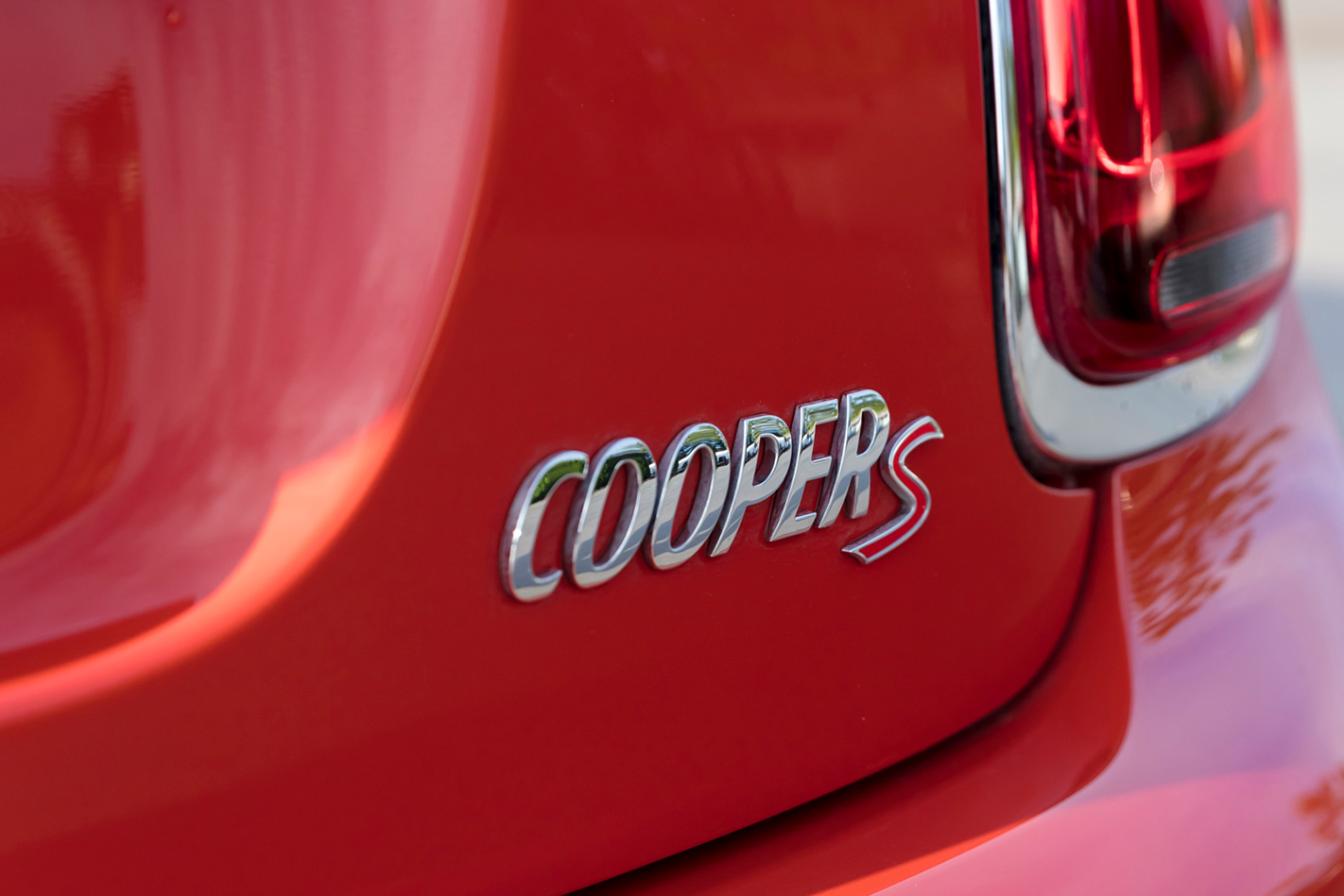
The range has been simplified (the 1.2-litre, entry-level Ray is gone), and Mini’s challenge of meeting new emissions standards rolling out in Europe means that while the 100kW/220Nm 1.5-litre triple in the Cooper, the 141kW/280Nm 2.0-litre four in the Cooper S, and the 170kW/320Nm 2.0 four-pot in the Cooper JCW retain the same performance outputs, all are now marginally more efficient. The donks are lighter too. A new split cooling system for the head helps with warm-up and cuts weight by 5kg in three-cylinder versions and 8kg in the 2.0s, while a new crankshaft cuts another 1kg.
Some of the newfound efficiency also comes from the addition of fresh gearboxes, with the Cooper and Cooper S ditching their old six-speeders for a seven-speed “DCT” dual-clutch. JCW-badged cars deploy an eight-speed auto.
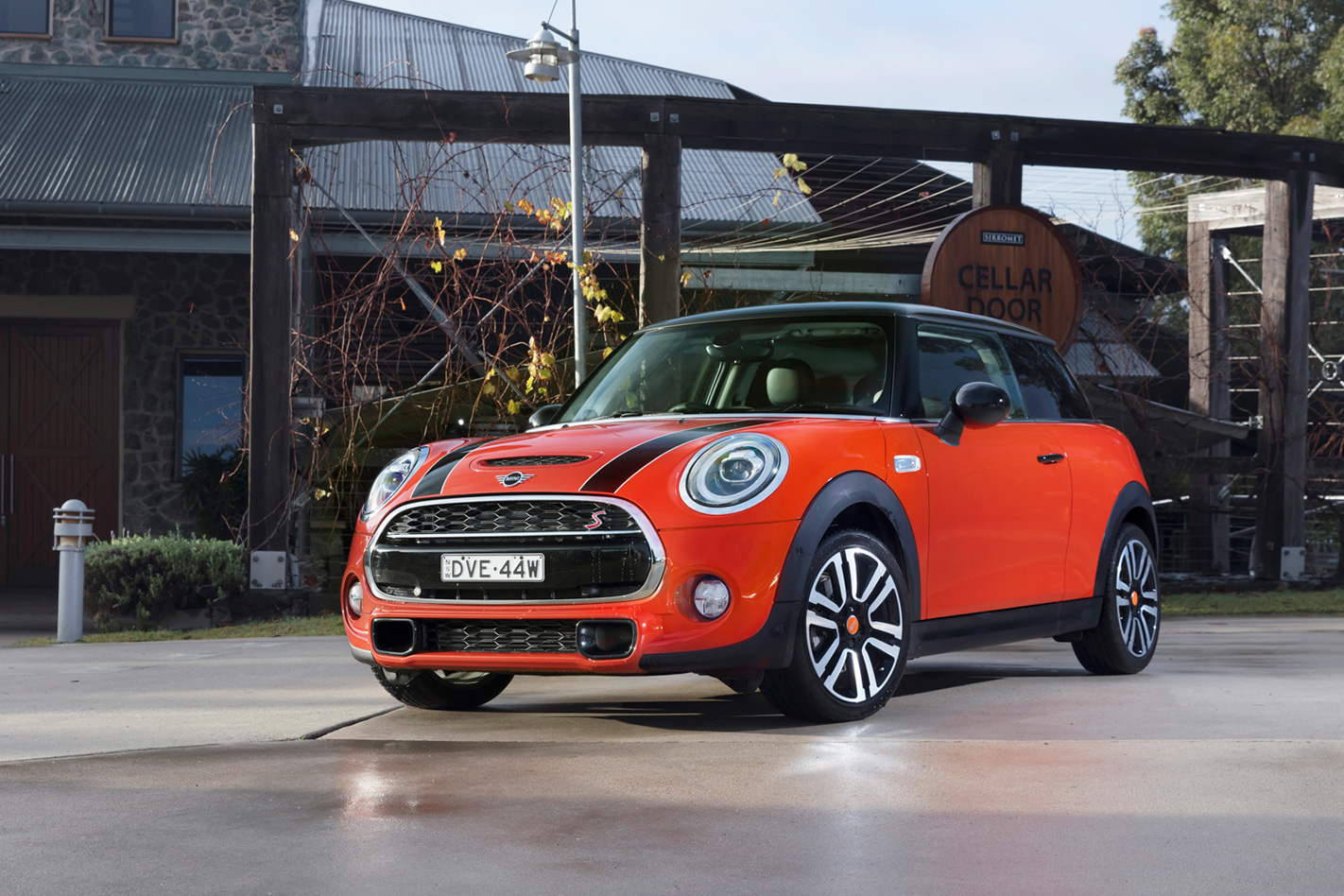
Brisbane’s “beautiful one day, perfect the next” weather wasn’t playing ball for the launch of this new model, with damp, humid conditions and low cloud hanging over the drive route. But the Mini relished in the conditions.
The base Cooper, with its 1.5-litre displacement, remains the not-quite-there Mini. It’s still engagingly poised and pointy, tenaciously grippy and quick to change direction, but lacks straight-line urgency. That dual-clutch gearbox, though, is exactly what the base Mini was crying out for. Lightning fast in its response, smooth and willing to snap down a couple of gears at the call of more throttle, it shows that dumping the duller six-speeder was a smart move.
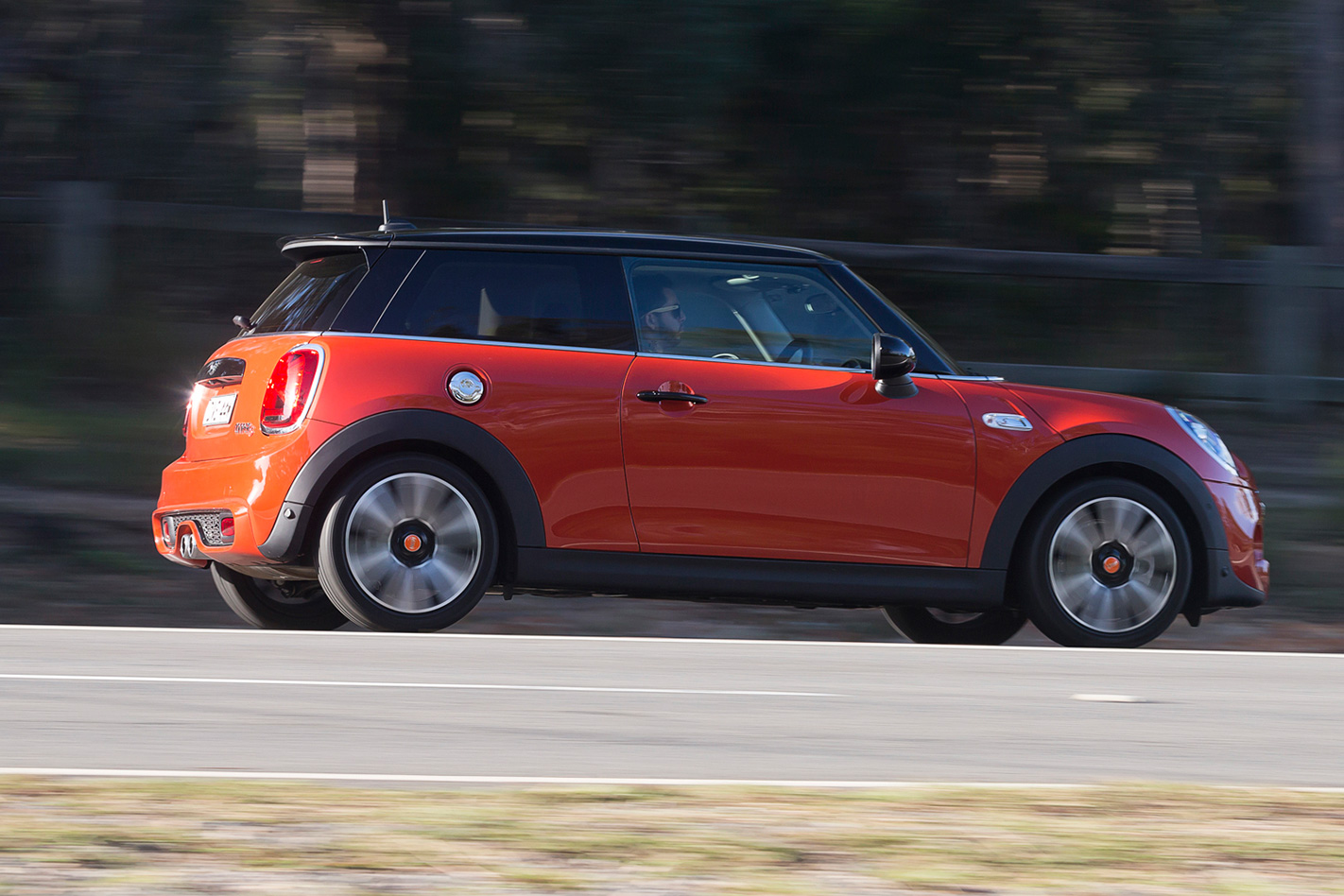
Where that new gearbox shines even more, though, is in S-badged models that gain steering wheel-mounted paddle shifters and more turbo-induced poke. Nudge the toggle switch into Sport mode, which sharpens throttle response, holds gears longer and adds the snap, crackle and pop of exhaust overrun, and the ’box hammers home upshifts with no perceptible loss of momentum.
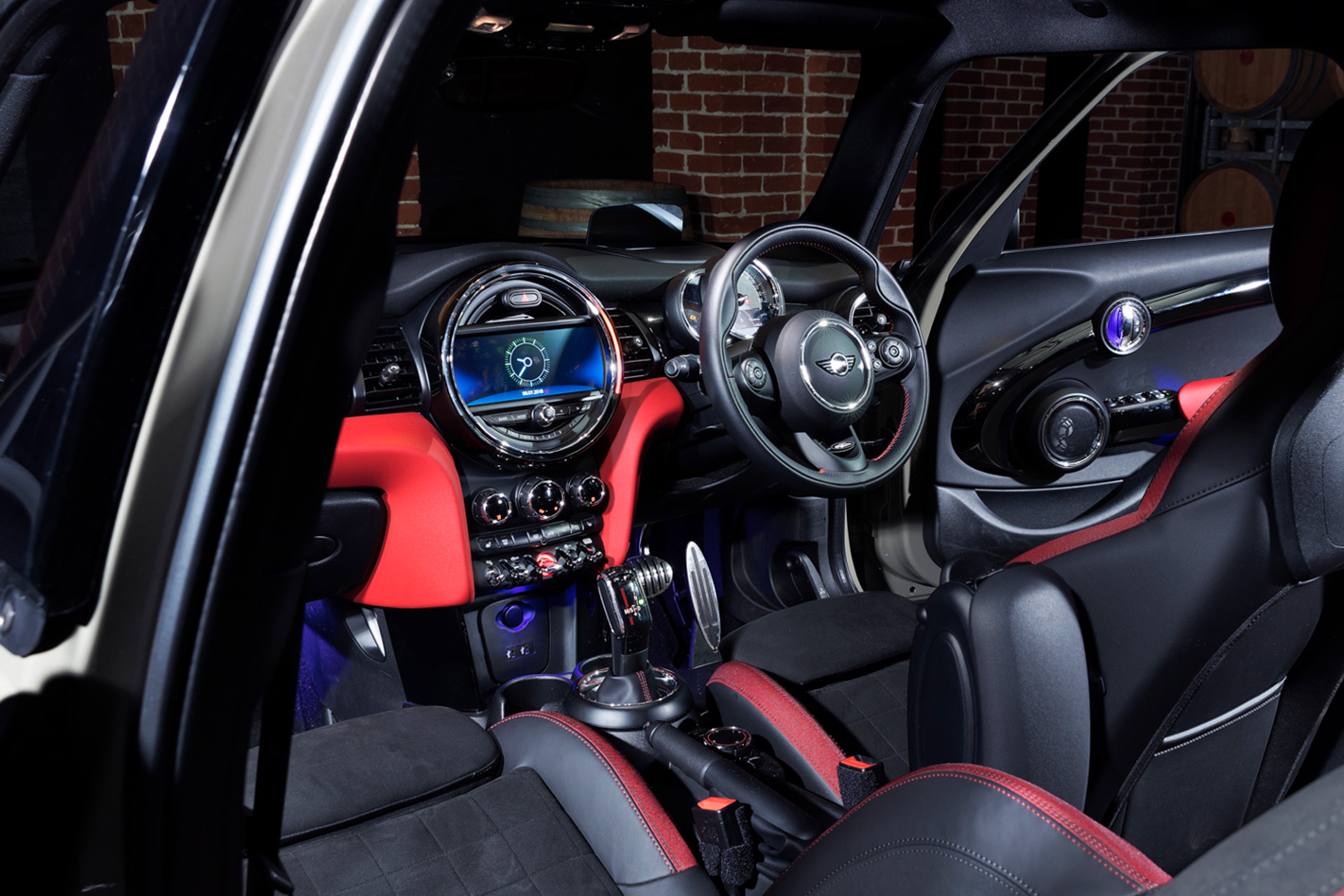
The interior is improved, with a different-look instrument cluster featuring a more visible fuel gauge and better graphics, but it’s let down by a mix of hard and semi-soft plastics and below-par ergonomics. Still, the refreshed Mini now offers a bag of welcome technology gains and in a mid-life update where hardware changes are minimal, it’s the new seven- and eight-speed gearboxes that really shine.
SPECS
Model: Mini Cooper S three-door
Engine: 1998cc 4cyl, dohc, 16v, turbo Max power: 141kW @ 5000-6000rpm Max torque: 280Nm @ 1350-4600rpm Transmission: 7-speed dual-clutch, FWD L/W/H/WB: 3850/1727/1414/2495mm Weight: 1280kg 0-100km/h: 6.7sec (claimed) Economy: 5.5L/100km Price: $39,990 On sale: Now





